Celebrate gifts from the sea as memorable Florida souvenirs from Sanibel Island
Learn much at Bailey-Matthews National Shell Museum
The islands jut west into the Gulf of Mexico, where the prevailing Northwest winds and undersea currents push shells to the islands’ shores where they blanket the white sand beaches. Shells are so numerous that they crunch underfoot, and beach-goers soon discover it’s wise to wear surf shoes when enjoying activities such as long walks, sand castle building and lying in the sun.
The best shelling season is from November to March, according to experts at the islands’ Bailey-Matthews National Shell Museum.
During my own stay at the Sundial Beach Resort and Spa on Sanibel Island, I saw many other guests walking along the edge of the water to gather seashells in the posture characterized as the Sanibel Stoop. They carried nets and wore netted bags for collecting the shells they found and then carried them to the resort’s Seashell Station to wash them off and filter them through screening.
Strike up a conversation and learn that many of these folks really know their stuff. They’ve most likely absorbed lots of information from a visit to the nearby Shell Museum or a guided beach walk with a marine biologist. Those walks are given at low tide on Bunche Beach.
The Shell Museum, a great destination for a rainy day, should be considered a must for anyone visiting this coast. Learn how to find and identify common shells in southwest Florida and how to clean and transport these gifts from the sea. Keeper Chats in the Living Gallery at 11 a.m. to 2 p.m. guide visitors to holding live mollusks in the Touch Pools.
The nine aquariums that opened in 1995 showcase living creatures such as the Giant Pacific Octopus along with a giant clam, a living Junonia, seahorses and many more mollusks, fish and corals.
I probably shouldn’t have been surprised to learn that cephalopods, like the octopuses, are mollusks — in the same phylum as clams and snails. One of the first things I discovered on my visit to the shell museum is that there are more mollusk species in the world than all the mammals, reptiles and amphibians combined.
As a longtime scuba diver, I’ve long been fascinated with octopuses, which are shy and often hard to spot underwater. Sadly, the Giant Pacific octopus, with its eight 16-foot suction cup-lined tentacles, that I saw at the Shell Museum died last winter and has been replaced by another. They’re native to the cold waters of the Pacific Northwest, where I’m unlikely to dive. Good thing, because I don’t think I’d want to encounter one underwater. The largest Giant Pacific octopus weighed about 600 pounds
I learned they are masters of camouflage and can change colors quickly when needed. They’re very smart, with complex brains and nervous systems that allow them to solve problems and use tools, and they have three hearts and blue blood.
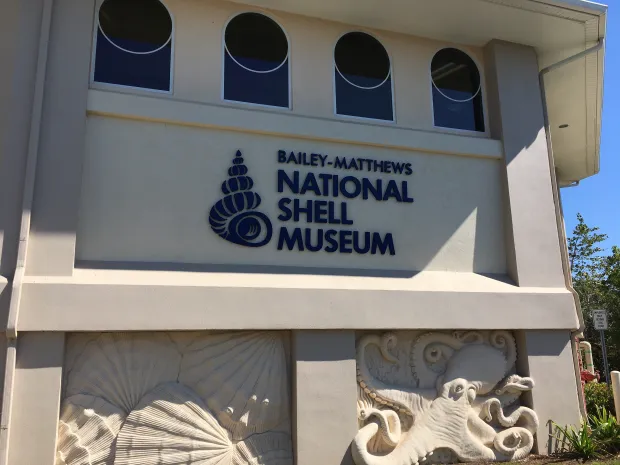 Shell museum exhibits I especially enjoyed included the “Sailors’ Valentines,” creations from shells developed in the 19th century by women in Barbados. They often were brought home by sailors to their loved ones and became a prized art form. Shells have, apparently, influenced art through the centuries.
Shell museum exhibits I especially enjoyed included the “Sailors’ Valentines,” creations from shells developed in the 19th century by women in Barbados. They often were brought home by sailors to their loved ones and became a prized art form. Shells have, apparently, influenced art through the centuries.
“Adorned by the Sea: Shells in Fashion,” an exhibit on through the end of November, shows how shells have transformed ordinary textiles into extraordinary garments throughout time and around the world. From expensive purple dyes made with snails to conceptual fantasies made with razor clams and mussels, the works include creations from Dior, McQueen and Gucci, as well as unnamed indigenous artists.
“Mollusk Hospital: Shell Folk Art Journey in 20 Rooms,” also open through November, brings together science and whimsy in a group of 20 imaginative, miniature hospital rooms in which hundreds of shells are the patients. Through these recreated hospital environments, visitors learn how mollusks become injured and the ingenious methods by which they protect and heal themselves.
Several airlines fly directly to Southwest Florida International Airport (RSW) in Fort Myers from Cleveland.
The causeway to reach Sanibel and Captiva is less than an hour away from the airport. If you rent a car, seek lodging with parking or be prepared to pay $5 an hour to park at a beach. Neither Uber nor Lyft operates on the islands. Golf cart rentals also are available, and the island speed limit is 25 mph. More than 22 miles of paved bike paths make bicycling the thriftiest way to get around.
Sanibel is just 12 miles long, while Captiva is just 5 miles long. Many lodgings on the narrow islands have water and beach access on both Pine Island Sound and the Gulf of Mexico.
Here are contacts for some places mentioned:
Sundial Beach Resort & Spa, 1451 Middle Gulf Drive, Sanibel; 239-472-4151; sundialresort.com. Lodging is in fully equipped condominiums in various sizes with multiple heated swimming pools, tennis courts, a 12-court pickleball stadium, fitness center and more.
Bailey-Matthews National Shell Museum, 3075 Sanibel-Captiva Road, Sanibel; 888-679-6450; ShellMuseum.org. Admission: $23.95 adult; $14.95 youth 12 to 17, $8.85 children 5 to 11.
Beach walks with a marine biologist depart at 9 a.m. daily from the Island Inn, 3111 W. Gulf Drive on Sanibel (islandinnsanibel.com). The required reservations can be made at 230-395-2233. They cost $10 for adults and $7 for children. Participants receive a half-off coupon for Shell Museum admission.
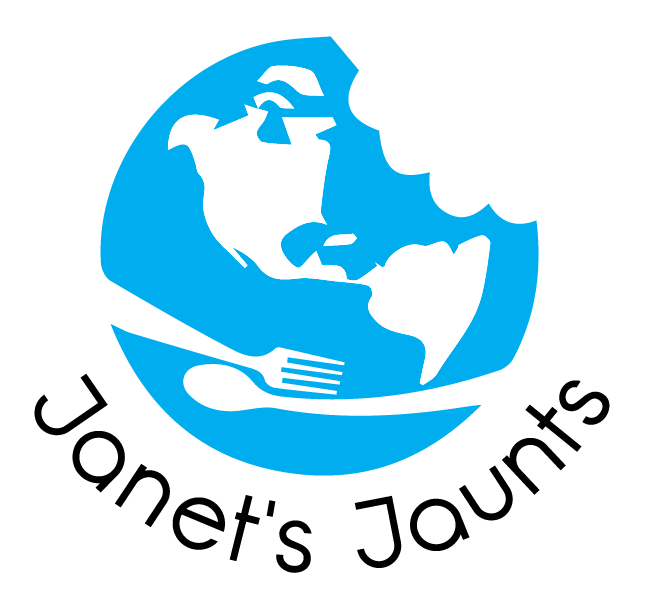
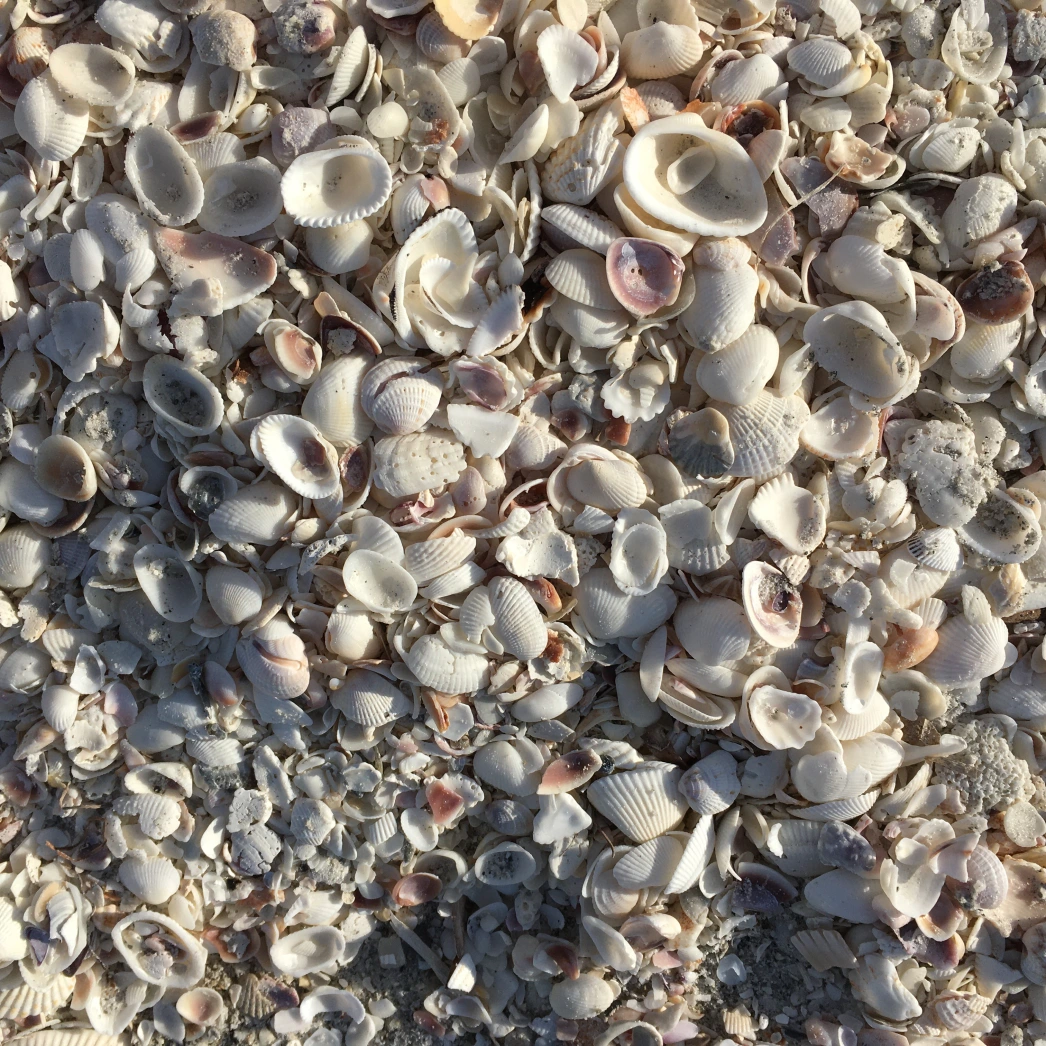
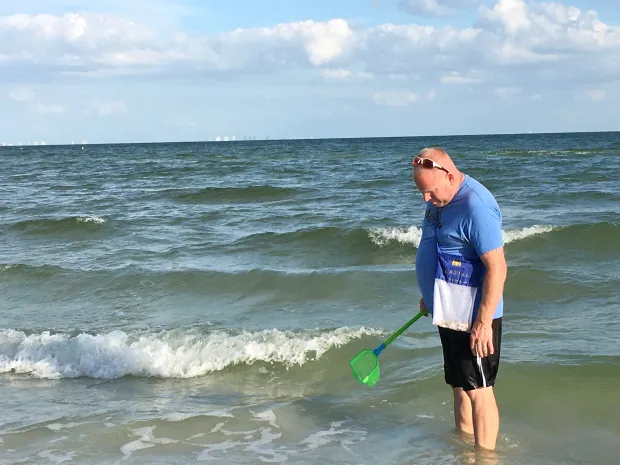

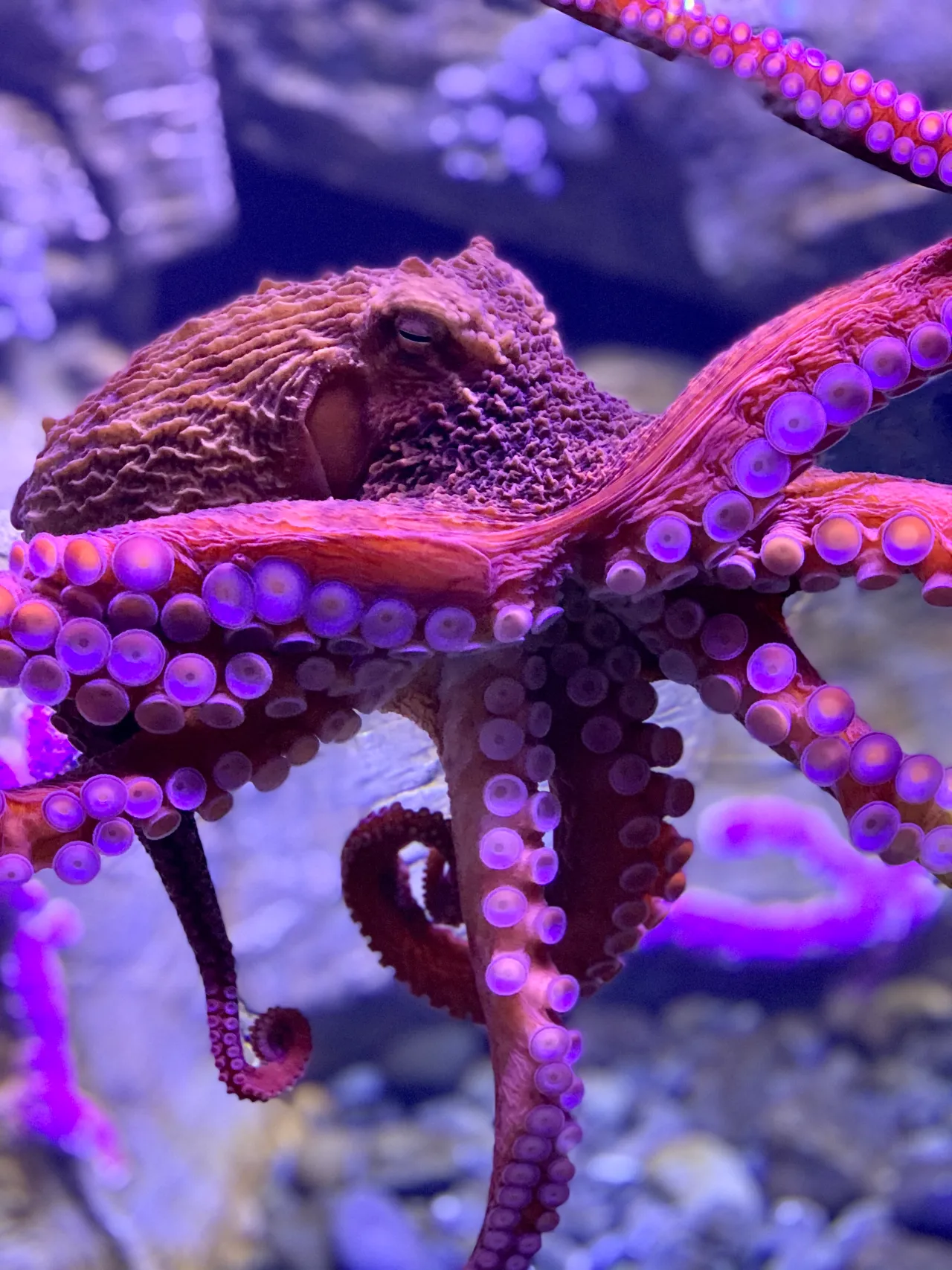
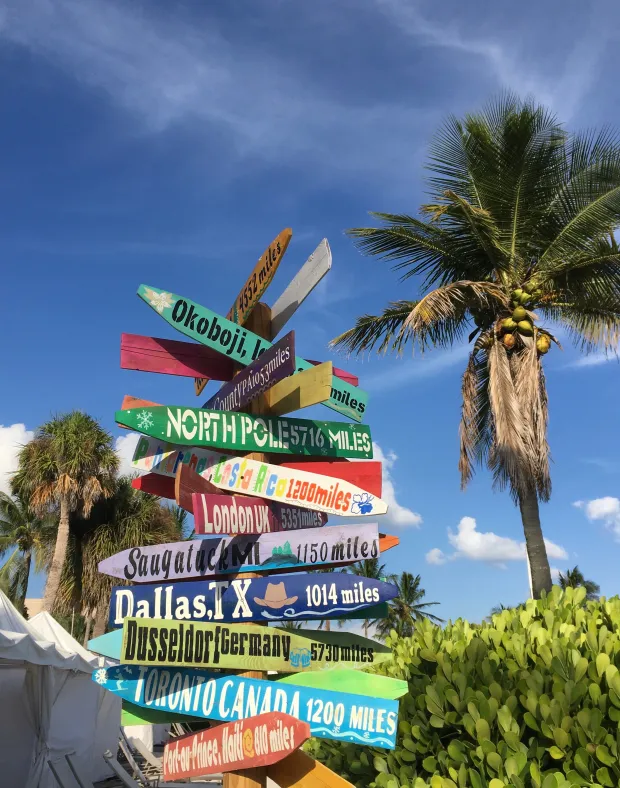
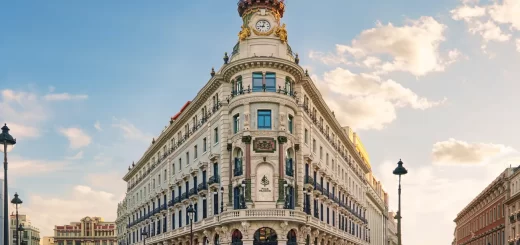

Recent Comments